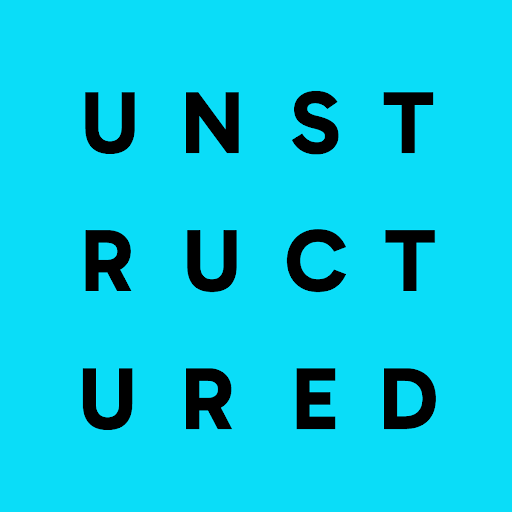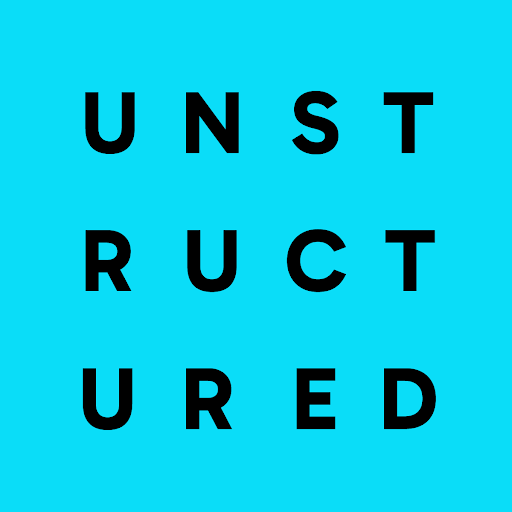If you’re new to Unstructured, read this note first.Before you can create a source connector, you must first sign in to your Unstructured account:
- If you do not already have an Unstructured account, sign up for free. After you sign up, you are automatically signed in to your new Unstructured Let’s Go account, at https://platform.unstructured.io. To sign up for a Business account instead, contact Unstructured Sales, or learn more.
- If you already have an Unstructured Let’s Go, Pay-As-You-Go, or Business SaaS account and are not already signed in, sign in to your account at https://platform.unstructured.io. For other types of Business accounts, see your Unstructured account administrator for sign-in instructions, or email Unstructured Support at [email protected].
If you are generating an SAS token as shown in the preceding video, be sure to set the following permissions:
- Read and List for reading from the container only.
- Write and List for writing to the container only.
- Read, Write, and List for both reading from and writing to the container.
-
An Azure account. To create one, learn how.
-
An Azure Storage account, and a container within that account. Create a storage account. Create a container.
-
The Azure Storage remote URL, using the format
az://<container-name>/<path/to/file/or/folder/in/container/as/needed>For example, if your container is namedmy-container, and there is a folder in the container namedmy-folder, the Azure Storage remote URL would beaz://my-container/my-folder/. -
An SAS token (recommended), access key, or connection string for the Azure Storage account. Create an SAS token (recommended). Get an access key. Get a connection string.
Create an SAS token (recommended):
Get an access key or connection string:
- On the sidebar, click Connectors.
- Click Sources.
- Cick New or Create Connector.
- Give the connector some unique Name.
- In the Provider area, click Azure Blob Storage.
- Click Continue.
- Follow the on-screen instructions to fill in the fields as described later on this page.
- Click Save and Test.
- Name (required): A unique name for this connector.
- Recursive (source connector only): Check this box to recursively access files from subfolders within the container.
-
Remote URL (required): The Azure Storage remote URL, with the format
az://<container-name>/<path/to/file/or/folder/in/container/as/needed>For example, if your container is namedmy-container, and there is a folder in the container namedmy-folder, the Azure Storage remote URL would beaz://my-container/my-folder/. - Account Name: For SAS token authentication and account key authentication, the Azure Storage account name.
- SAS Token: For SAS token authentication, the SAS token for the Azure Storage account.
- Account Key: For account key authentication, the key for the Azure Storage account.
- Connection String: For connection string authentication, the connection string for the Azure Storage account.

